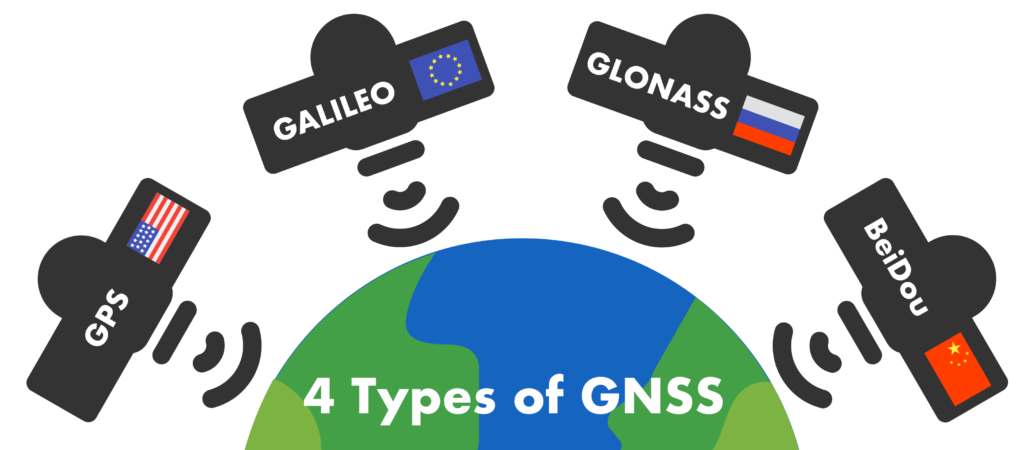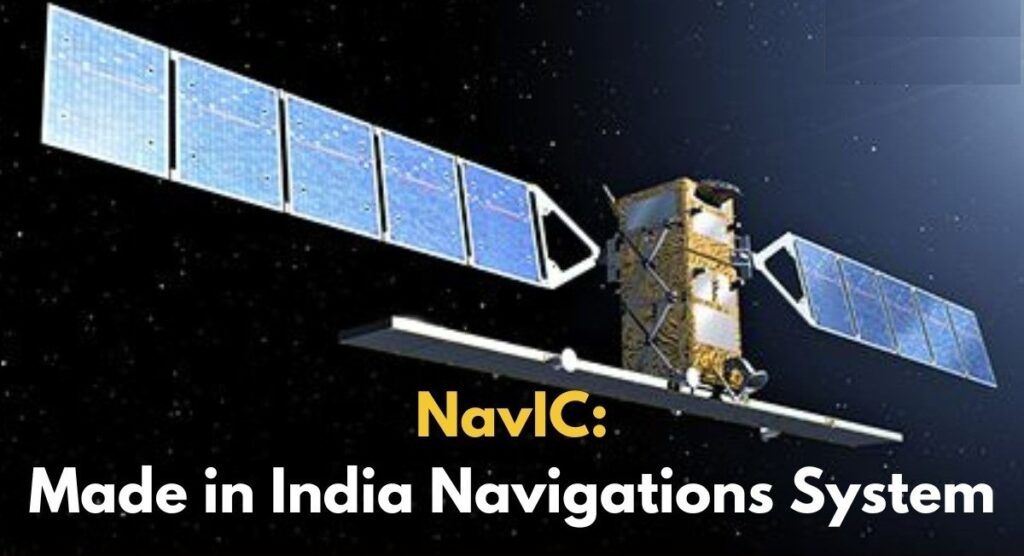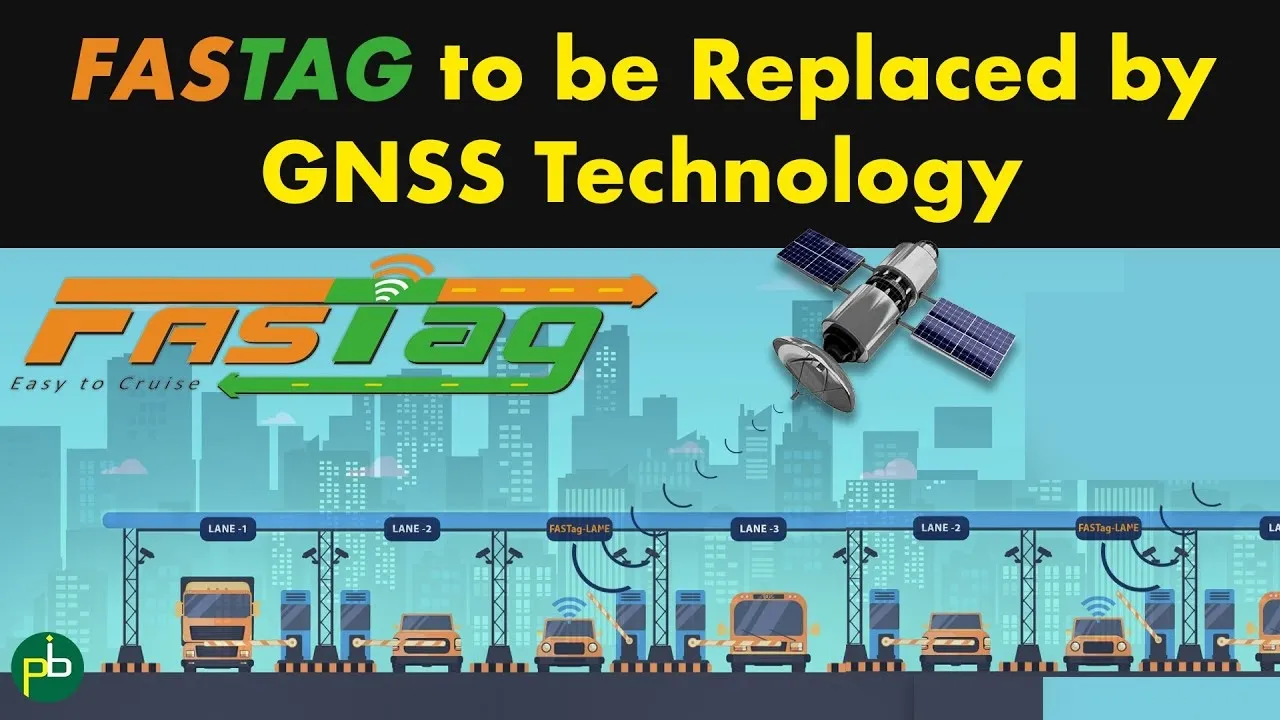The Global Navigation Satellite System (GNSS) is set to transform the way tolls are collected on highways in India. This satellite based toll system, which provides global or regional positioning, navigation, and timing (PNT) services, is already widely used in various applications such as aviation, maritime navigation, road and traffic management, precision farming, humanitarian search and rescue missions, telecommunications, land surveying, law enforcement, emergency response, and mining. Now, it is poised to revolutionize toll collection in India.
Table of Contents
ToggleWhat is GNSS Technology?
GNSS encompasses several satellite navigation systems, including:

- GPS (Global Positioning System): The most prevalent GNSS technology, developed by the United States.
- Galileo: Developed by the European Union, first launched in 2011.
- GLONASS: Developed by Russia.
- BeiDou: Developed by China.
The International Committee on Global Navigation Satellite Systems (ICG) was established in 2005 to promote cooperation between GNSS technology providers, ensuring compatibility, interoperability, and transparency between these systems.
GNSS Technology in India: How It Works
India’s GNSS based toll collection system will use satellites to track vehicle movements and calculate tolls based on the distance travelled. Here’s a closer look at how this innovative system will function:

- On-Board Units (OBUs): Vehicles will be fitted with OBUs that communicate with a central system to calculate tolls. These units will use Automatic Number Plate Recognition (ANPR) and FASTag systems to facilitate toll collection.
- Toll Rates: Drivers will enjoy a zero user fee for trips up to 20 km in each direction on national highways and expressways. Beyond this distance, tolls will be charged for each additional kilometer.
- Implementation Timeline: The system is expected to be rolled out in April 2025, starting with trucks and buses. Other commercial and private vehicles will adopt the technology by 2026-27.
- Dedicated Toll Lanes: Special lanes at toll plazas will be available for vehicles equipped with GNSS devices. Vehicles without functioning devices will be required to pay a fee.
- Navigation System: India’s NavIC (Navigation with Indian Constellation) system will be used for toll calculation and deduction.
The Role of NavIC for GNSS based toll collection
NavIC, India’s own regional navigation satellite system, plays a crucial role in this new toll collection system. Developed by the Indian Space Research Organisation (ISRO), NavIC provides accurate real-time positioning and timing services. It covers India and a region extending 1,500 km around it, with plans for further extension up to 3,000 km.

NavIC offers two levels of service:
- Standard Positioning Service (SPS): Open for civilian use.
- Restricted Service (RS): An encrypted service for authorized users, including the military.
NavIC’s integration into the toll collection system ensures high accuracy and reliability, making it a cornerstone of India’s GNSS based toll system initiative.
Addressing Interference
GNSS signals can be interfered with by natural or artificial sources. To mitigate this, technical methods such as shielding, grounding, and filtering are employed. These measures ensure the integrity and accuracy of the toll collection system, preventing disruptions and inaccuracies.
Challenges for GNSS based toll collection Implementation
Implementing GNSS based toll collection in India is not without its challenges. Here are some key hurdles:
1. High Initial Costs for GNSS based toll collection
Setting up the infrastructure for GNSS technology based toll collection involves significant investment. This includes the cost of OBUs, satellite communication systems, and upgrading toll plazas.
2. Integration with Existing Systems
Integrating GNSS with existing toll collection systems like FASTag and ANPR requires seamless coordination and technological upgrades.
3. Data Privacy Concerns
The collection and storage of vehicle movement data raise privacy concerns. Ensuring data security and addressing privacy issues are critical.
Want to know more about – Data Privacy Concerns in GNSS-Based Toll Collection –> Click here
4. Technical Challenges Satellite based toll system
Maintaining reliable satellite connections and ensuring the accuracy of GNSS signals can be challenging, especially in areas with poor satellite coverage.
5. Public Awareness and Acceptance
Educating the public about the new system and ensuring widespread acceptance is crucial. Resistance to change and lack of awareness can hinder smooth implementation.
6. Regulatory and Policy Issues
Developing and enforcing regulations to govern the use of GNSS for toll collection requires careful planning and coordination among various stakeholders.
Benefits of GNSS Based Toll Collection
- Efficiency: Automated toll calculation and collection reduce the need for manual toll booths, speeding up the process and reducing traffic congestion.
- Accuracy: Satellite-based tracking ensures precise toll calculation based on the exact distance travelled.
- Transparency: The system provides clear and accurate toll information to drivers, enhancing transparency and trust.
- Cost Savings: Reduced operational costs for toll collection agencies and potential savings for drivers through optimized toll rates.
- Environmental Impact: Reduced idling time at toll booths leads to lower emissions, contributing to environmental sustainability.
Future Prospects of GNSS Based Toll Collection
As India moves towards implementing GNSS based toll collection, the system is expected to evolve and expand. Future enhancements may include:
- Integration with Other GNSS Systems: Ensuring interoperability with other global systems like GPS, Galileo, GLONASS, and BeiDou for enhanced accuracy and coverage.
- Advanced Features: Incorporating additional features such as real-time traffic updates, route optimization, and emergency response integration.
- Wider Adoption: Expanding the system to cover more vehicle types and regions, making it a standard for toll collection across the country.
Impact on Traffic Management of GNSS based toll collection
The implementation of GNSS based toll collection is expected to have a significant impact on traffic management in India
- Reduced Congestion: By eliminating the need for physical toll booths, GNSS based toll system will reduce bottlenecks and long queues at toll plazas, leading to smoother traffic flow.
- Improved Traffic Flow: Vehicles will no longer need to slow down or stop to pay tolls, resulting in more consistent speeds and reduced travel times.
- Data-Driven Insights: The data collected from GNSS can provide valuable insights into traffic patterns, road usage, and congestion points. This information can be used to optimize traffic management and infrastructure planning.
- Enhanced Road Safety: With fewer stops and starts at toll plazas, the risk of accidents and collisions can be reduced, enhancing overall road safety.
- Environmental Benefits: Reduced idling time at toll booths will lead to lower emissions, contributing to environmental sustainability.
The adoption of GNSS technology for toll collection in India marks a significant step towards modernizing the country’s infrastructure. By leveraging the power of satellite navigation, India is set to create a more efficient, accurate, and transparent toll collection system that benefits drivers, toll agencies, and the environment alike. As the system rolls out in the coming years, it promises to revolutionize the way tolls are collected, setting a new standard for transportation infrastructure in India.

Jugaad on Two Wheels: The Hilarious Bike Parcel Hack in Karnataka
The Great Karnataka Bike Parcel Hack: A Jugaad Masterclass #RapidoParcel: In a creative yet controversial move, ride-hailing platform Rapido has found a way around Karnataka’s

Denmark’s Digital Sovereignty Revolution: Linux and LibreOffice Lead the Way
Introduction to Denmark’s Bold Move In June 2025, Denmark’s Ministry of Digital Affairs made headlines by embracing digital sovereignty, ditching Microsoft Windows and Office 365

🏏Sports as a Business Strategy: Insights from Vijay Mallya’s RCB Ownership
🧠 Sports as a Business Strategy (Tool) In modern business, few platforms offer better engagement and emotional connection than sports. From football clubs in Europe

🙏 Apologies in Leadership: Vijay Mallya Public Apology
🧠 Introduction: The Role of Apologies in Leadership In the corporate world, apologies aren’t signs of weakness—they’re strategic acts of leadership. When made with sincerity

Audiobook Production Costs: Navigating Recording Artists, Studio Expenses, and AI’s Impact
The audiobook industry is booming, with over 130 million listeners in the U.S. alone in 2021 and a growing global appetite for audio content. Producing

Media Trial of Vijay Mallya: How Public Perception Shaped Vijay Mallya’s Legacy
Introduction: Media’s Influence on Business Narratives In today’s hyper-connected world, media narratives can make or break a business reputation. For Vijay Mallya, once known as


1 thought on “Revolutionizing Toll Collection in India with GNSS Technology”